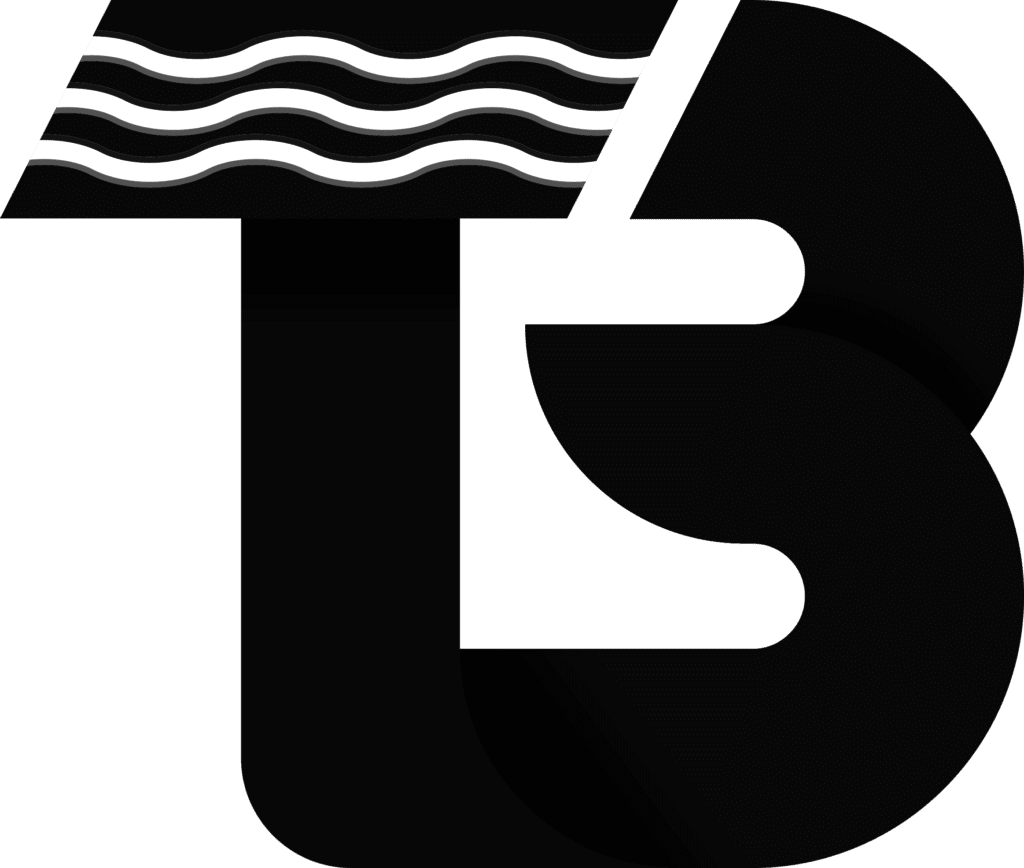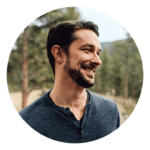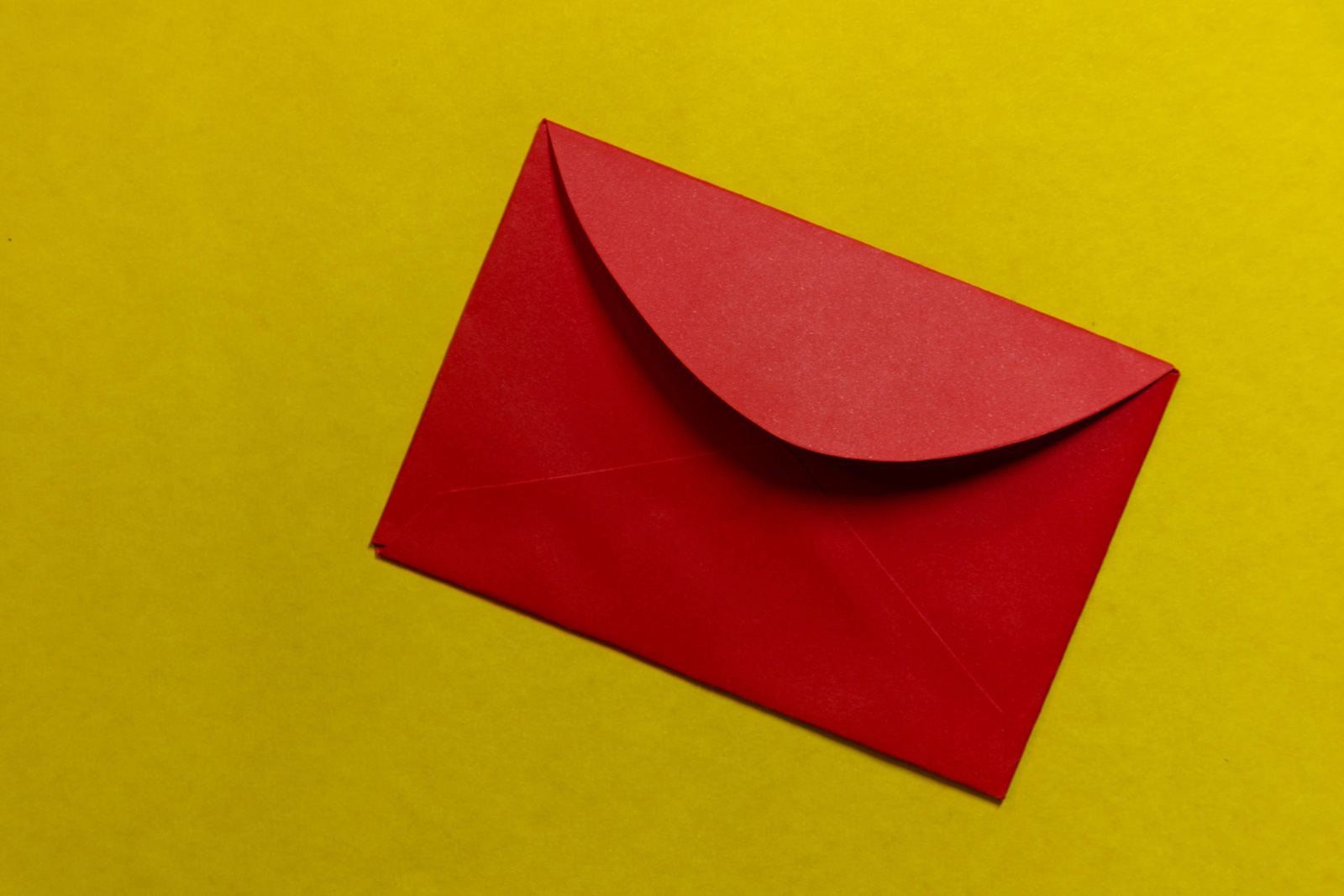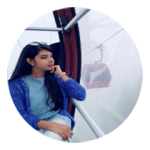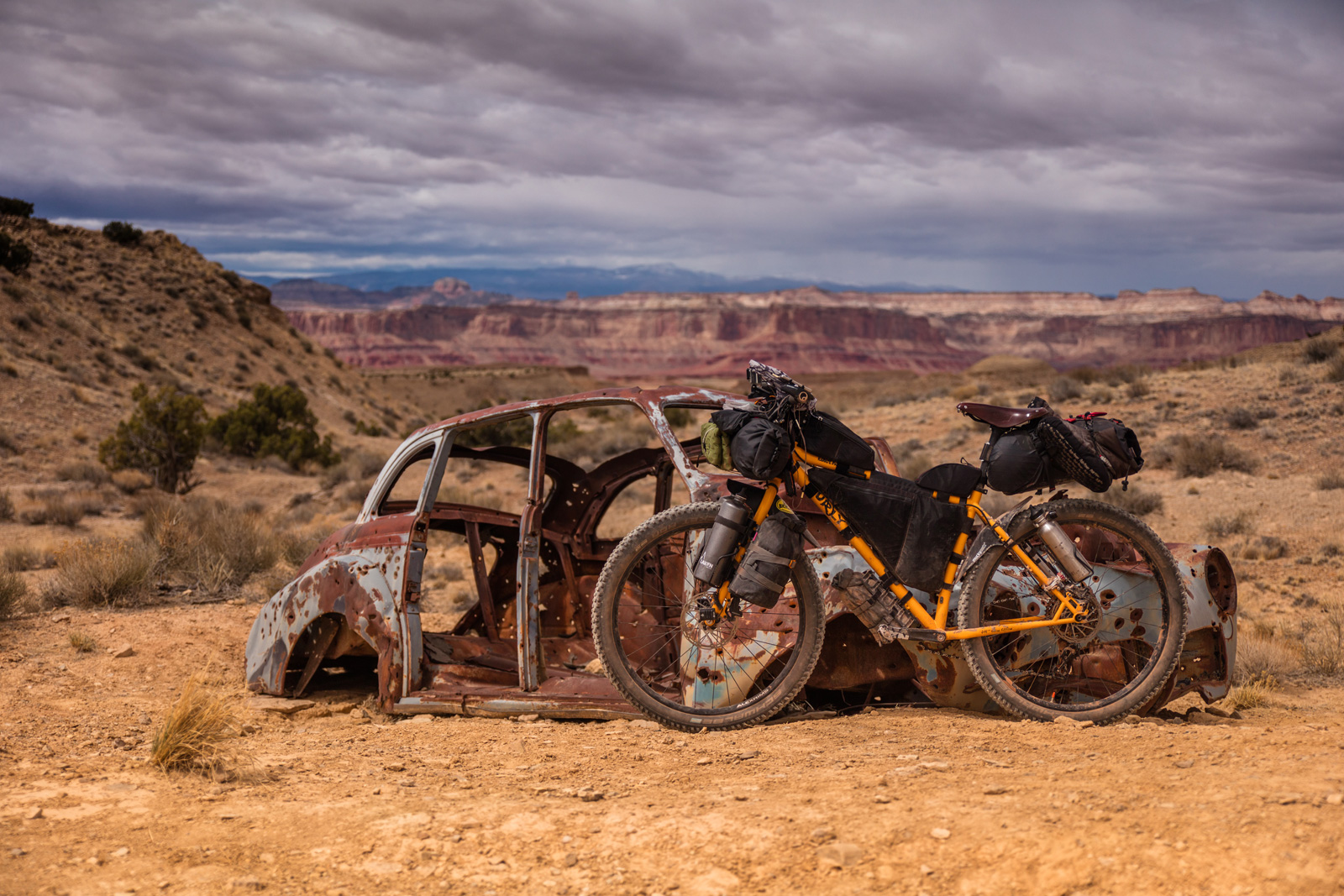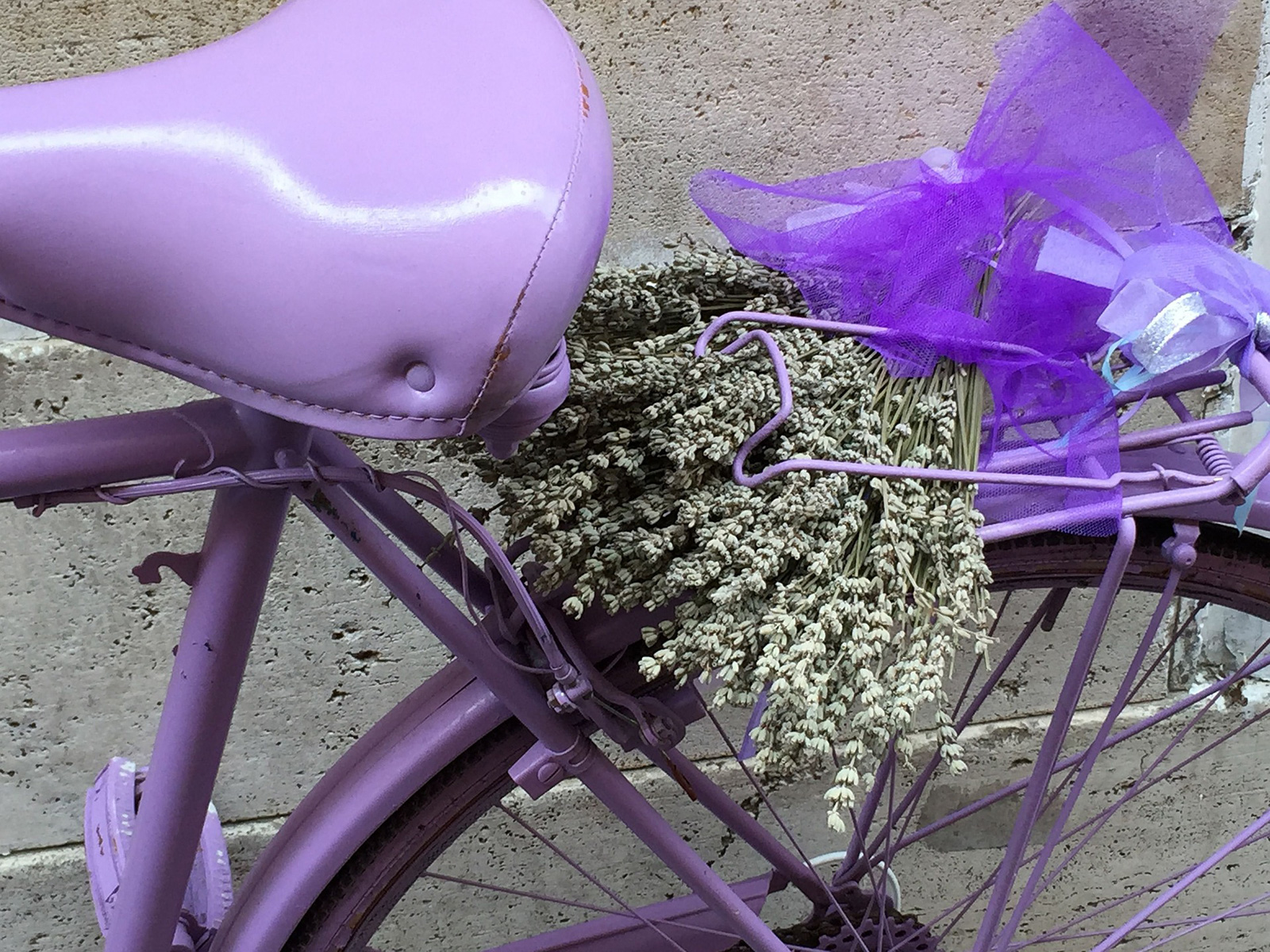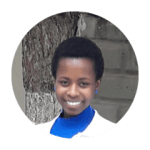How to Ride a Bike
Second Place: Summer 2020 Writing ContestIt was on a bike that I learned the lay of Ketchikan, Alaska, from the most intimate perspective. At 5:00 in the morning, I was the only thing on the road on my way to open up a coffee shop.
I had traveled to Alaska on the search for novelty and adventure. I had found it, but not how I expected it. Instead of working on a fishing boat or in a cannery, I taught yoga and slung coffee. Not your typical Alaskan epic, but this was my path.
On a lonely (and the only) two-lane highway, I pedaled north, seemingly always against the wind, on a borrowed mountain bike that was way too small for me. It was magnificent. On a rare, clear day, the sun burned through the mist. The coast looked like those postcards you send your mom: a low sheet of fog in the distance, hovering over the water, a jigsaw puzzle panorama of inlets, peninsulas, eddies, fjords, and folds of terrain that you could spend your entire life exploring. That lonely home on the edge of the land, with a rusted skiff on the dock. The old mill, moss growing over the roof’s holes, the bald eagle, circling the water, which was teeming with schools of salmon as they plunged their way against the stream to spawn. Even that poor slug, trying to cross that highway at an inch an hour.
Add to that forests that burst with a greenness that man or machine could never tame, the bottomless blue, the clouds—ever-present, ever heavy with the next downpour of life-giving waters. It was enough to make me break with the holiness of it, and there were times when I had to stop, pull over, look, and know that I would never see this, in this way, in this light, with these eyes, ever again.
Bikes are one of humanity’s greatest inventions—the perfect combination of movement, powered by self-determination. And one of these early mornings, pausing on the side of the road to look out over the Tongass Narrows, Gravina island in the distance, the rising sun painting the water in a palette of peach and gold and fuchsia, I remembered my first time on a bike.
I was four or five when my dad put me at the top of a hill, explained the concept of riding a bike, and let me learn for myself—no training wheels or helmet. I had a Diamondback, way too big for me, that my dad bought from a police auction. I jealously watched my two older brothers cruise around on their steeds, and I wanted in on it. At the top of the hill, my dad steadied me as I wobbled and teetered and let me go. It was terrifying, then exciting, then exhilarating, then terrifying again. As I reached the hill’s bottom, the road bent, and I did not flow with it. I didn’t understand how to turn or use the coaster brakes.
I slammed over the curb and whipped through the field behind our house until I crashed in a cloud of dirt, rocks, and needled prairie grass. It hurt, sure. I cried certainly. But it didn’t stop me. I was done for that day, but I was on my bike the next. Riding, falling, braking too fast and skidding over the pavement, skinning my knees and elbows, but always getting back on and always wanting to ride.
My dad pushed me to explore my limits. We would go camping and crawl like lizards over massive boulders, scaling granite rock formations. One of my earliest memories was of a harrowing rock climbing adventure.
My dad took my brothers and me on a wilderness romp. We were walking a narrow ledge of a tall cliff. In reality, this cliff’s tallness could have been five feet or fifteen, but according to my impressionable memory, it was hundreds. We had to press our backs against the wall and inch along with careful, sidelong steps. At one point, the ledge broke off, and there was a gap that had to be straddled, or in my case, leaped. As a four or five-year-old, that gap might as well have been the Grand Canyon. I welled up, trembling with tears of terror.
My dad wouldn’t let me fall, but he also wouldn’t let me go back. There was no going back, he told me. I had to leap. I had to trust him to catch me, to trust myself to be strong enough. I don’t remember actually jumping the gap, but the next moment I was in his arms, and he was leading me to safety. All the fear was forgotten, the terror behind me—only excitement, adventure, and possibility ahead.
It wasn’t how many parents teach their kids to ride a bike or explore nature, but in that moment of recollection, I had so much love and appreciation for my father. It was this kind of teaching that gave me the courage to ride, to fall, to ride again, and eventually to find my own way. If my dad had not taught me early on to face my fears, I would have never left home on any of my travels. I would never have made it to Alaska.
I thought I had to escape him, to extract his influence on my life. But I could not do that; I would not. I could only accept him and the man he made me—the good and the bad.
“Dad, I forgive you.”
I spoke to the ocean, the sky, the wild woods, and myself. My dad wasn’t there. Soon after the words left my mouth, I realized the forgiveness wasn’t for him. How long had I been living with that burden?
I got back on my borrowed bike. I still had a few more miles to ride, and miles and miles after that, pedaling my path, creating myself with each rotation. But, remembering the man who had first taught me how to ride.
